Understanding the Aging Mouth: 4 Core Changes
While lip fillers often promise quick fixes, they rarely address the deeper structural and anatomical changes that occur with age. To understand how to truly restore a natural-looking mouth, it helps to first look at the specific ways the area evolves over time.
01. Lip Elongation
One of the earliest and most significant changes is the elongation of the upper lip. In youth, the upper lip typically measures 13-15 mm, but after our late 40s to early 50s, this can lengthen to 18-22 mm. This elongation causes:
- A flatter smile
- Inversion of the red lip
- Loss of dental show (the visibility of your top teeth when smiling)
- Formation of a horizontal crease across the upper lip
02. Volume Loss in the Lower Face
Aging isn't just about losing lip volume. The entire perioral area (under the nose, around the lips, chin, and pre-jowl areas) undergoes fat loss and bone resorption in the jaw. This results in:
- Deflated lips
- Hollowing around the mouth and chin
- Loss of definition and support
03. Skin Creasing Around the Lips
The skin around the mouth thins and loses resilience. As the muscle around your mouth repeatedly contracts, it pulls this fragile skin inward, gradually etching deeper lines into the surface. This process contributes to:
- Vertical lip lines, often called "smoker's lines" (regardless of smoking history)
- Fine creases and deep wrinkles
- Crepey texture and skin laxity
04. Adjacent Structural Changes
Aging cheeks descend and crowd the mouth area, contributing to:
- Nasolabial folds (smile lines)
- Marionette lines (creases from corners of mouth to chin)
- Downturned mouth corners (due to muscle imbalances)
By rejuvenating this area, we restore not only youthful balance to your features but also the harmony between your appearance and your identity.

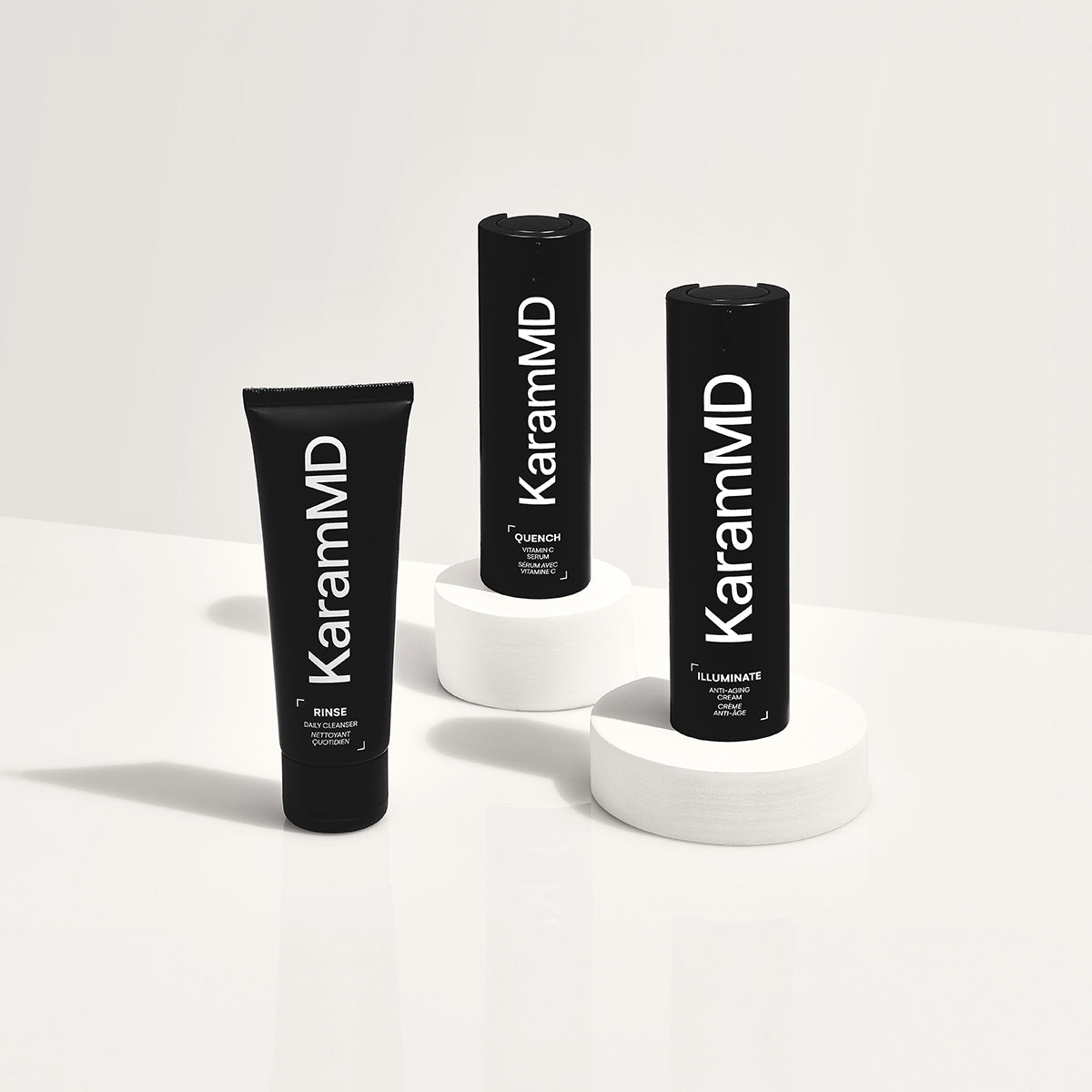
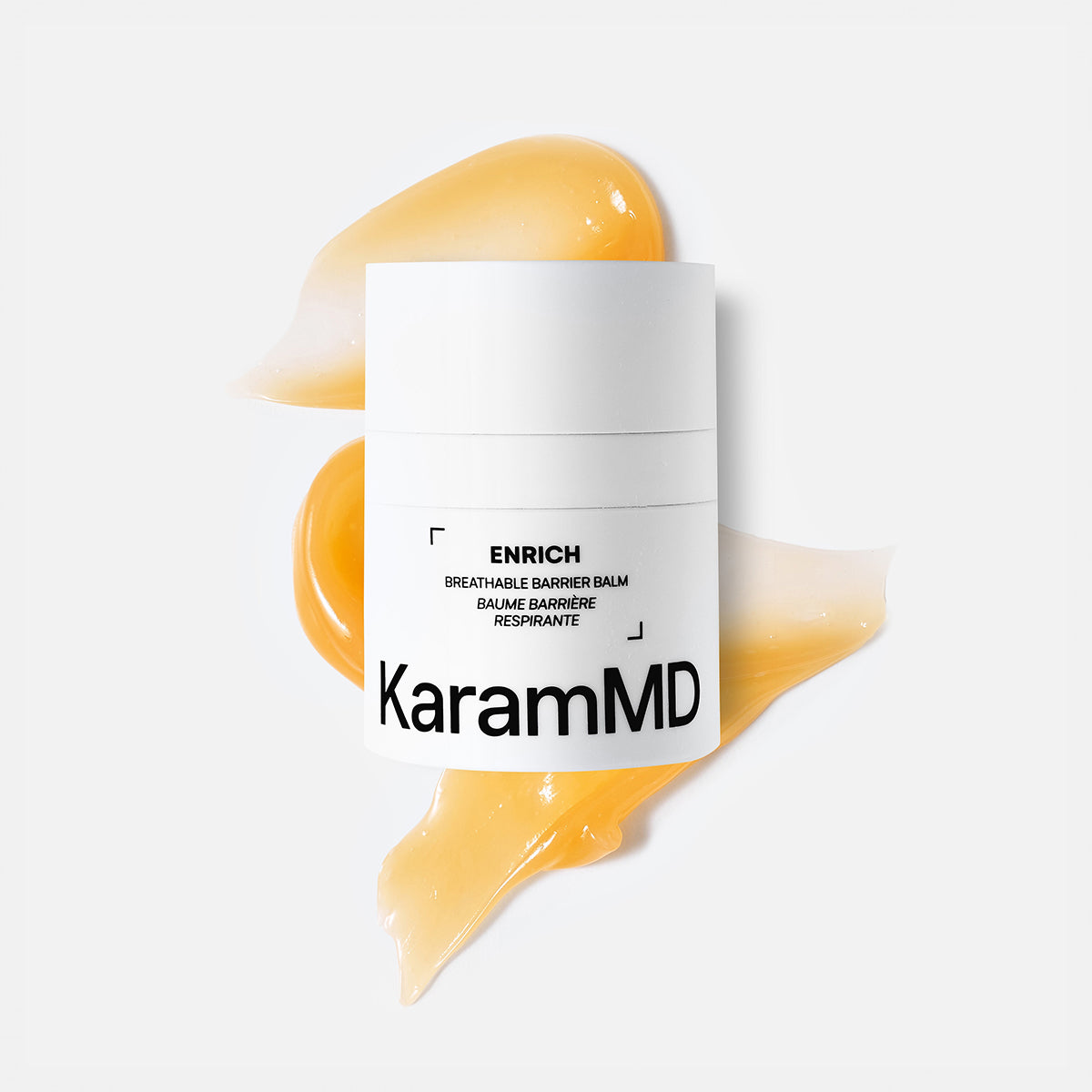
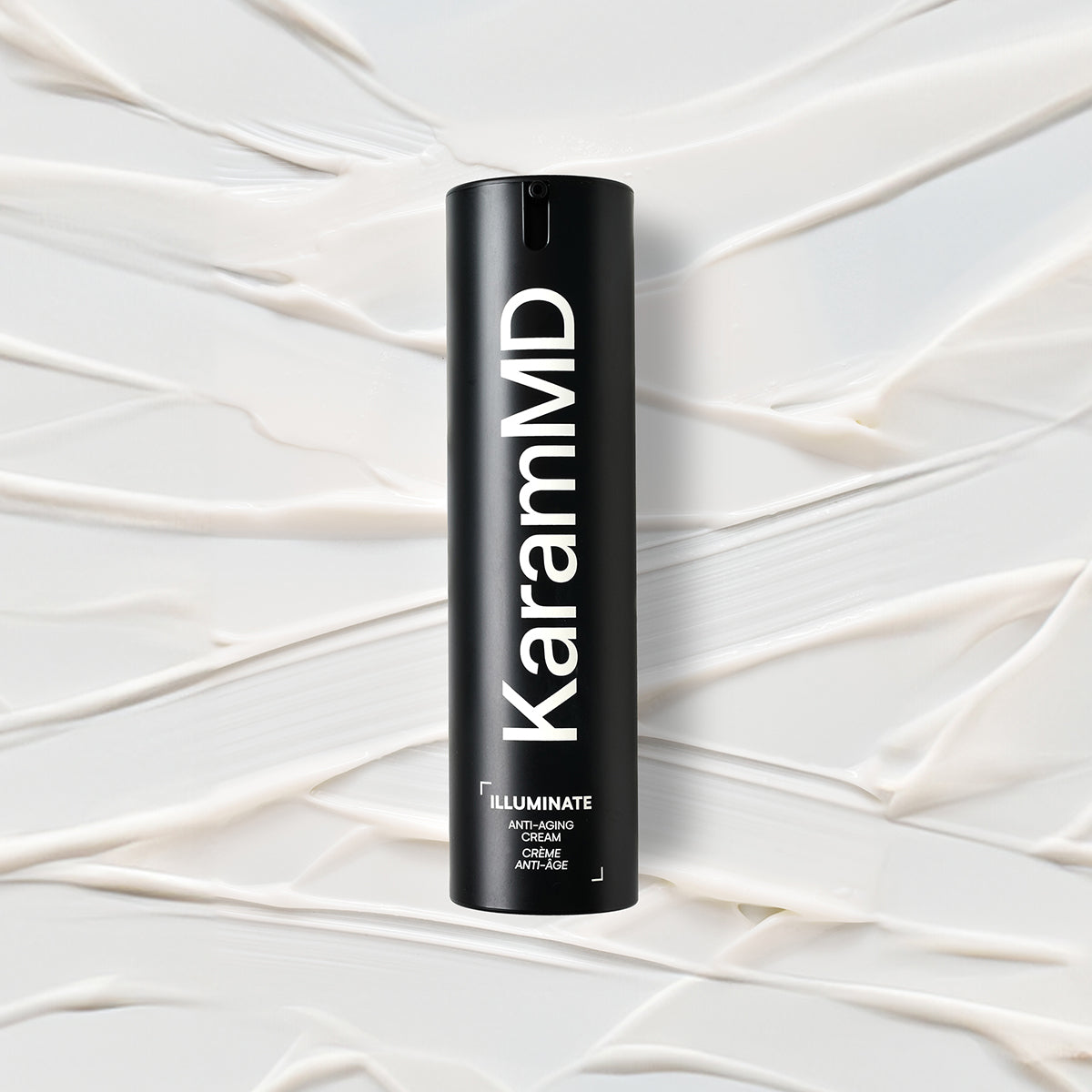
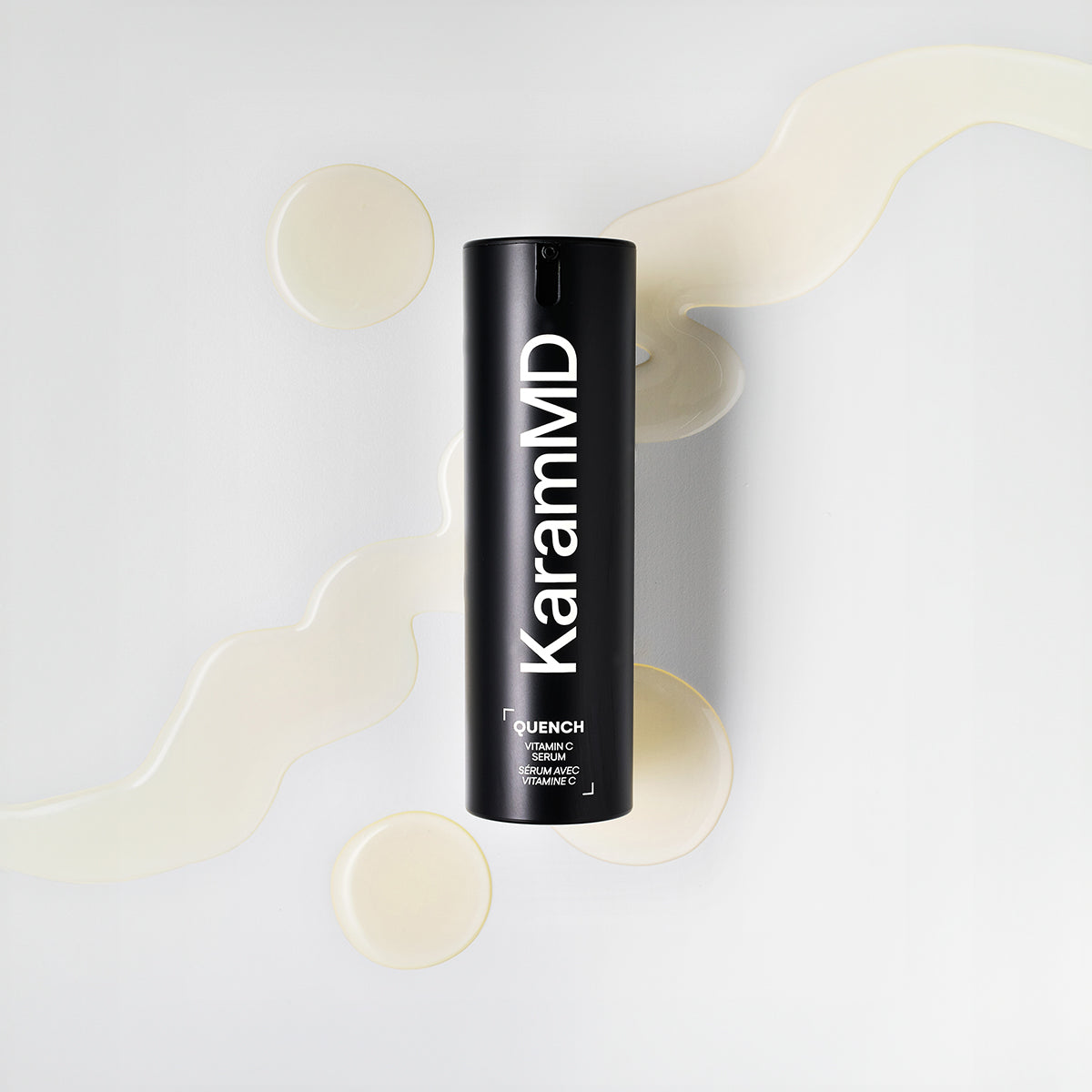
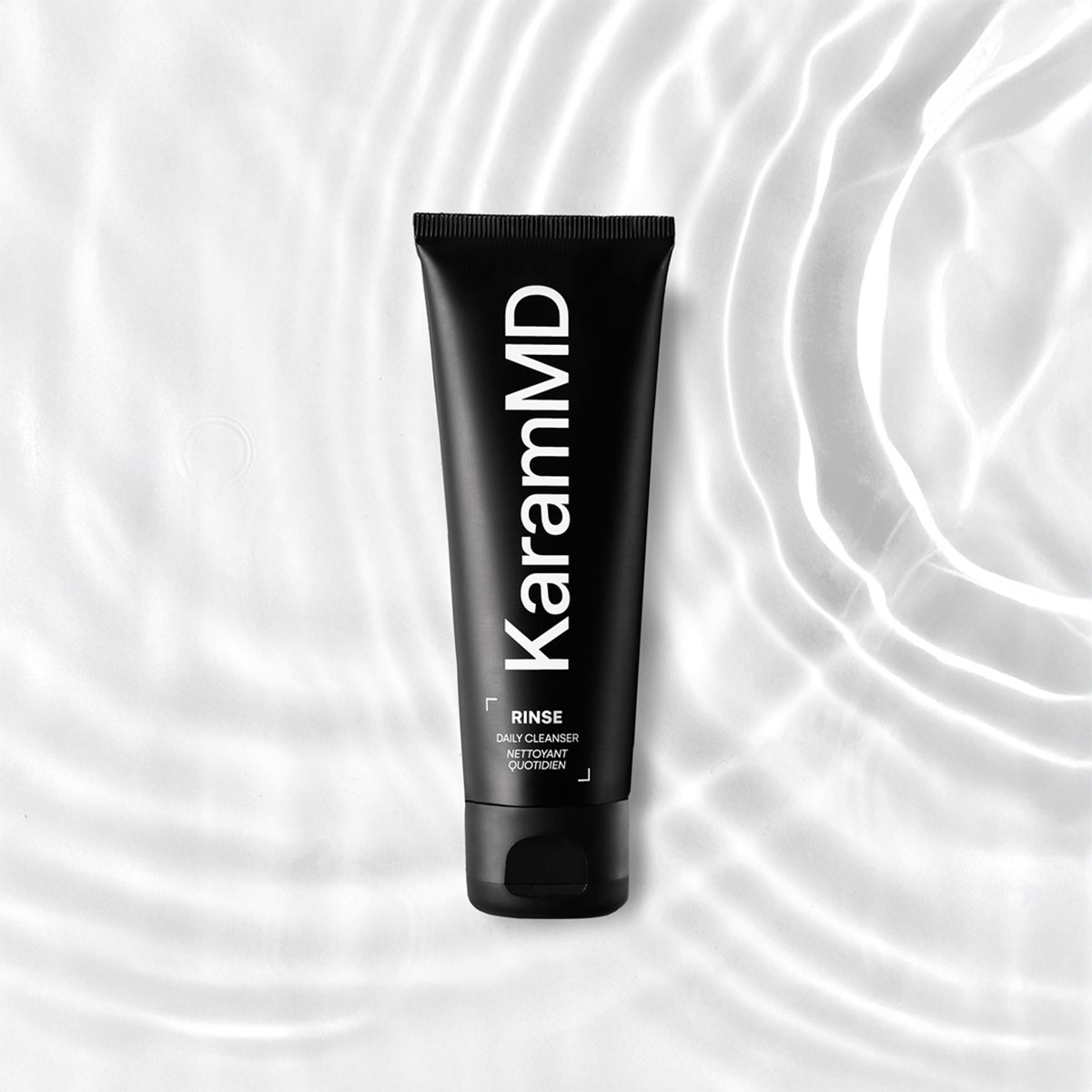
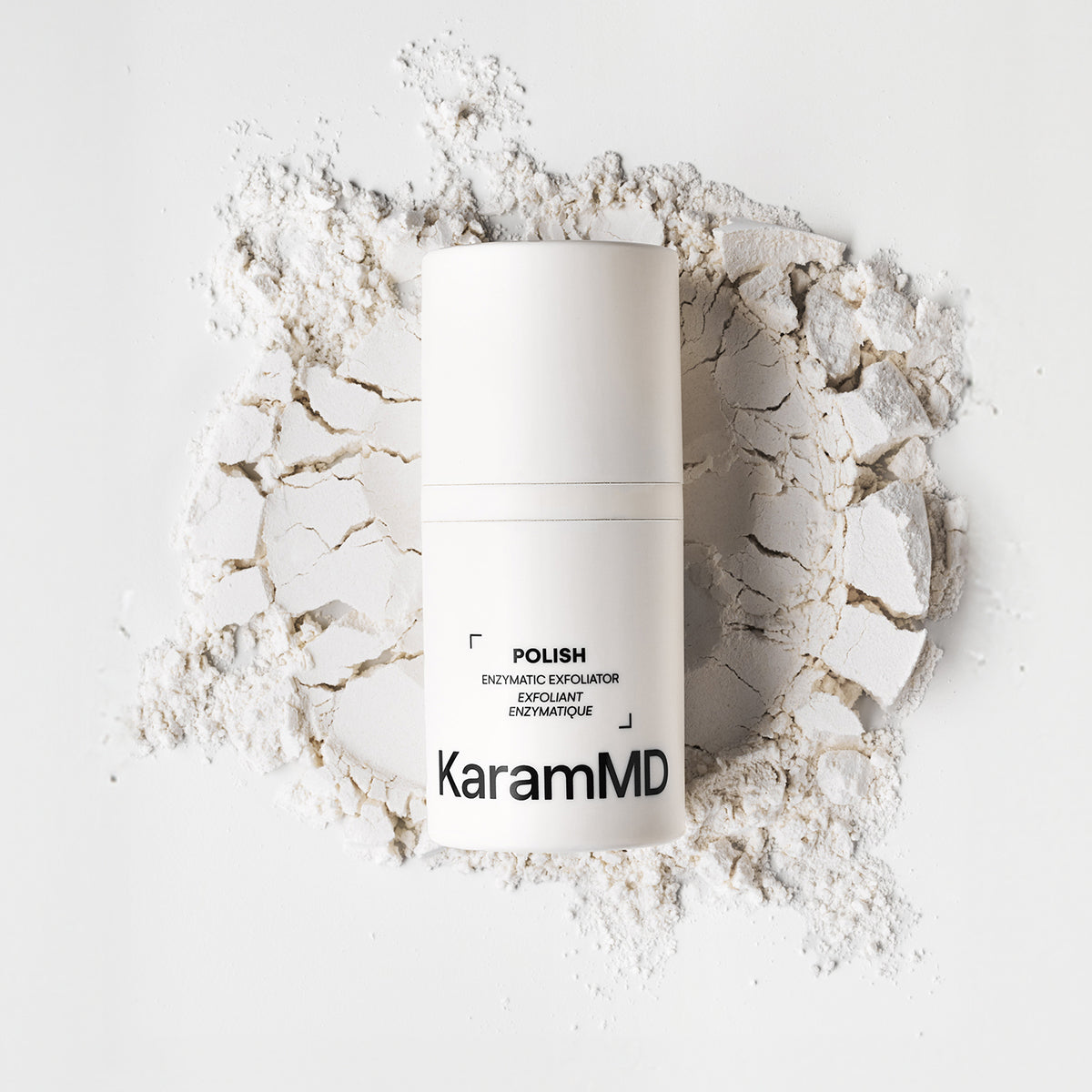
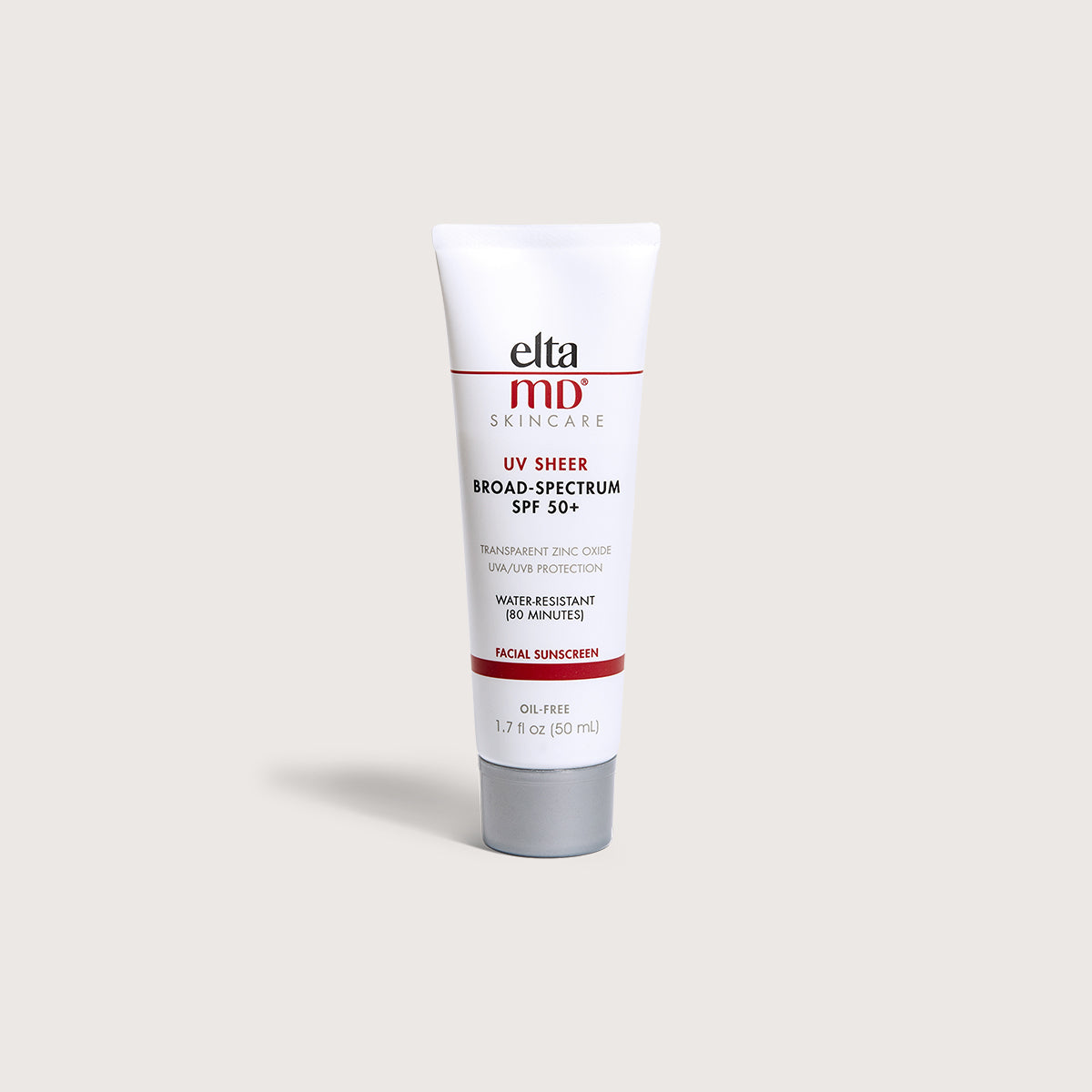

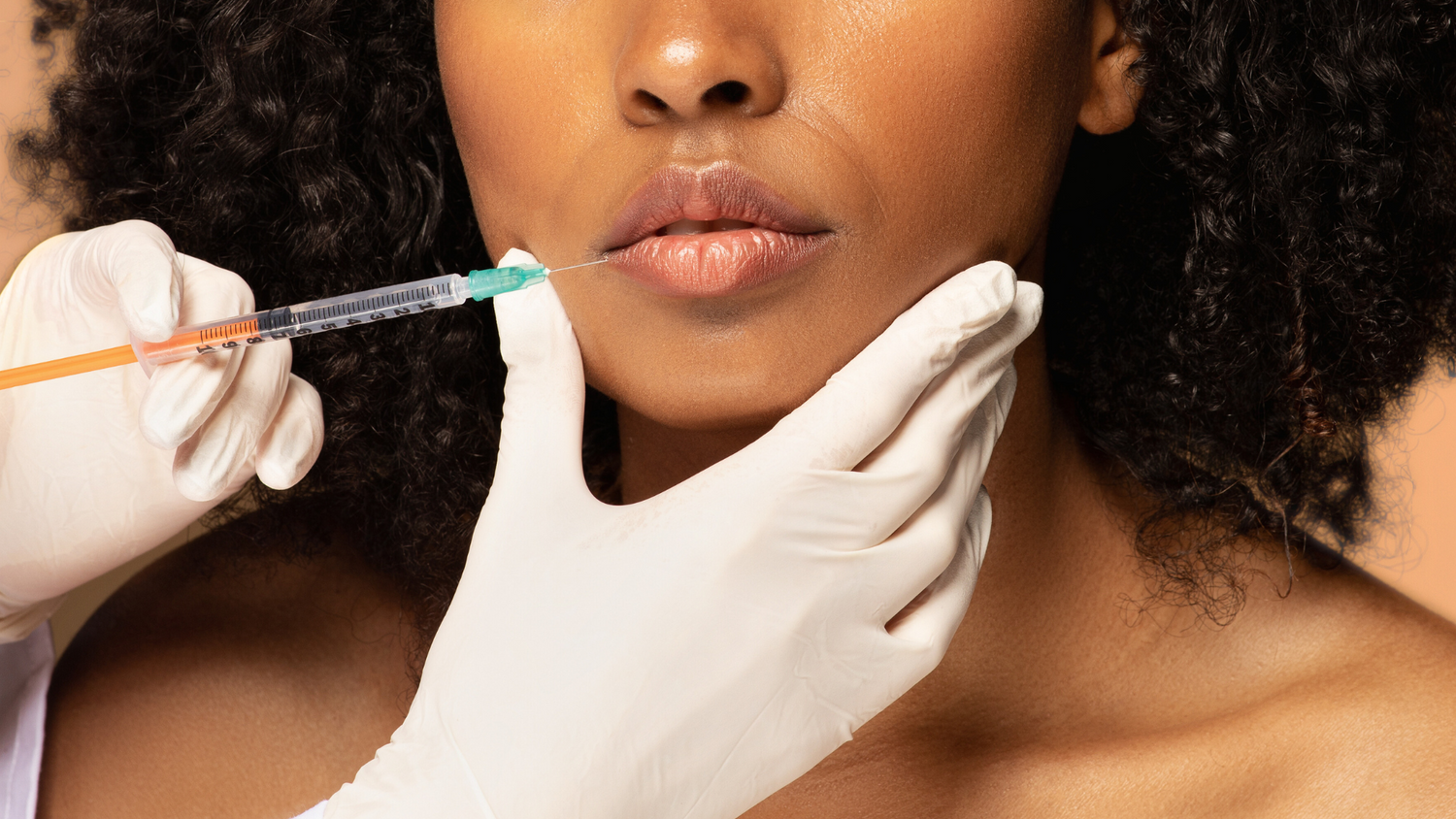
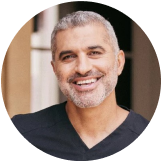
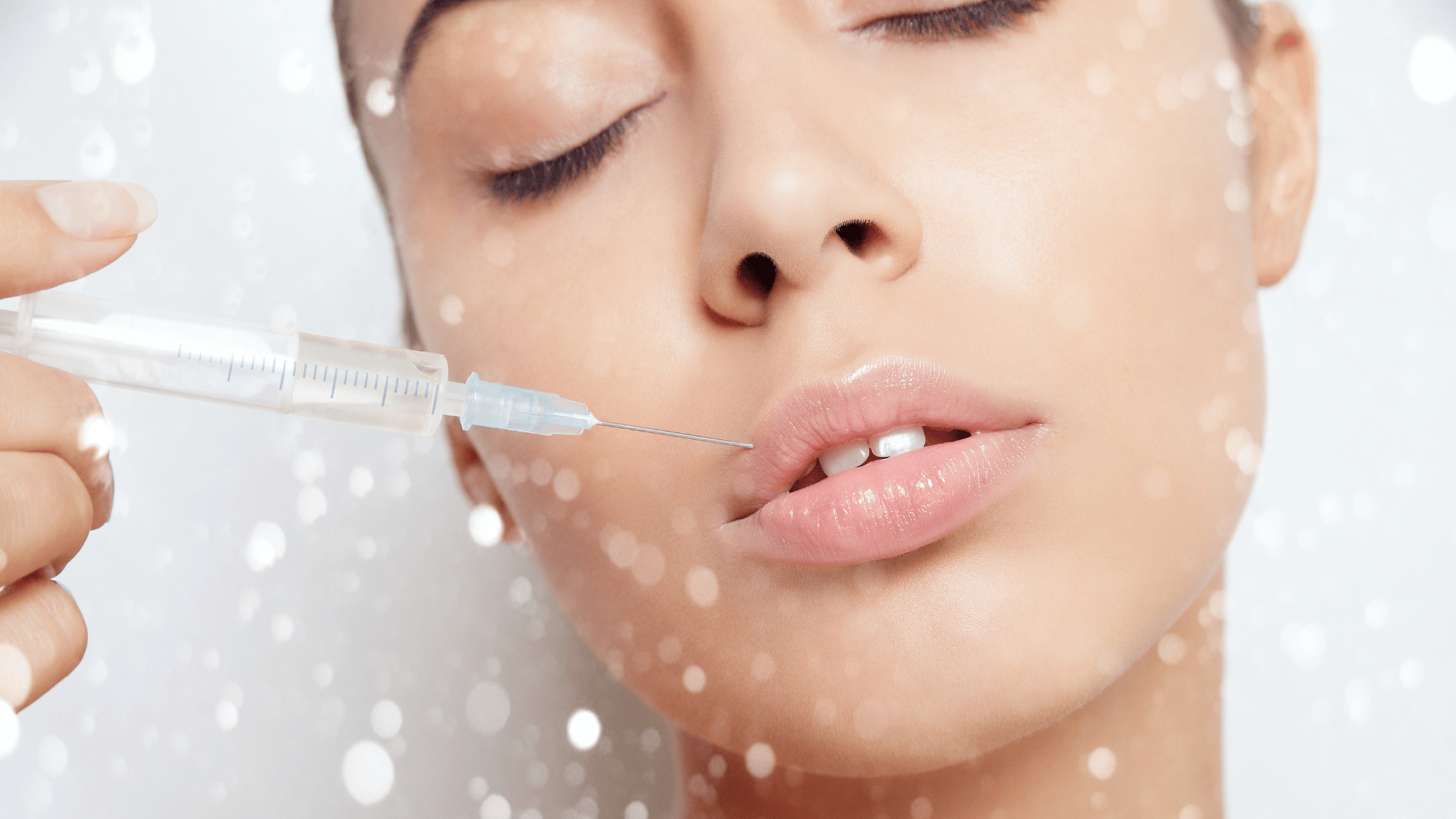

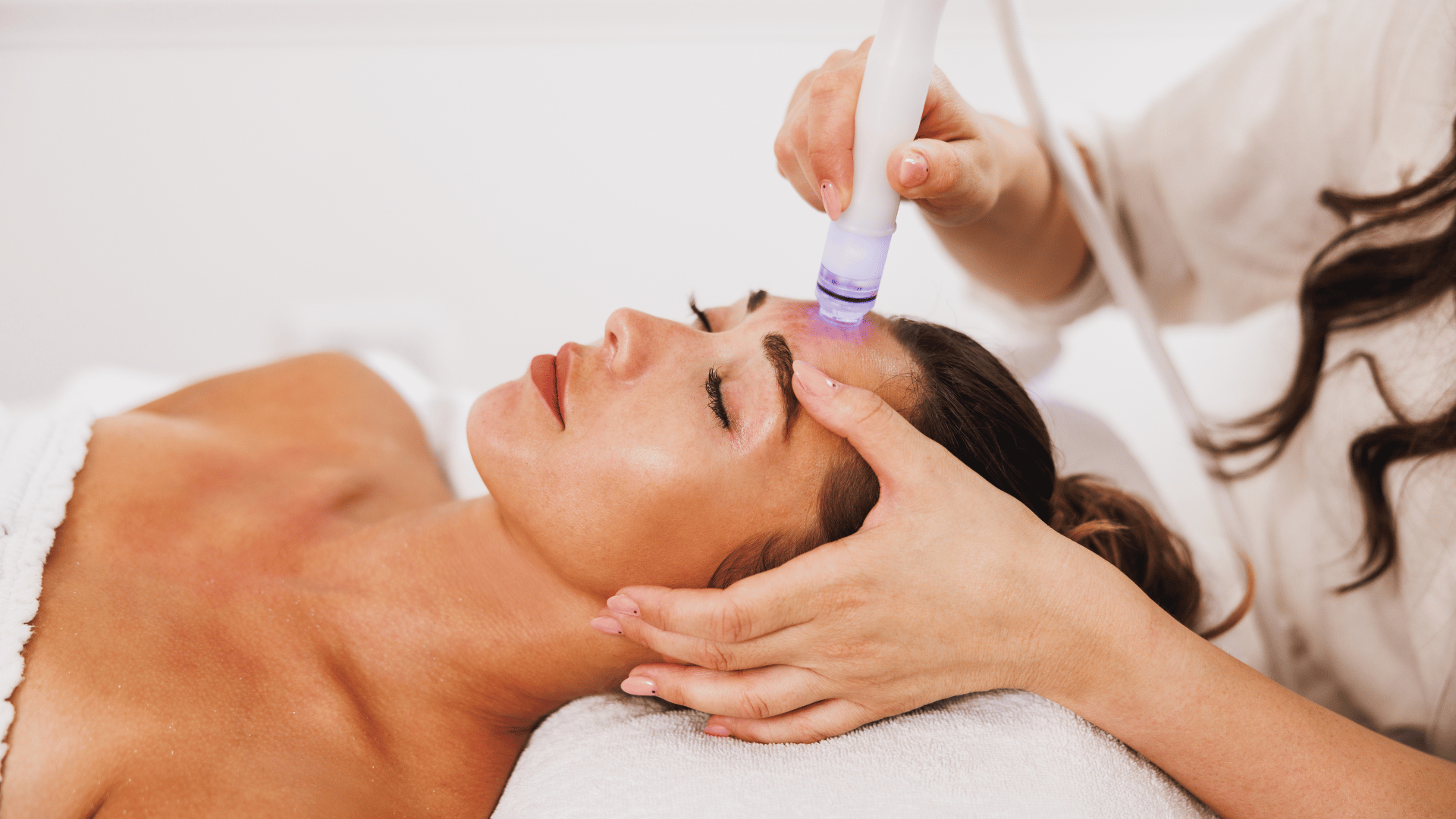

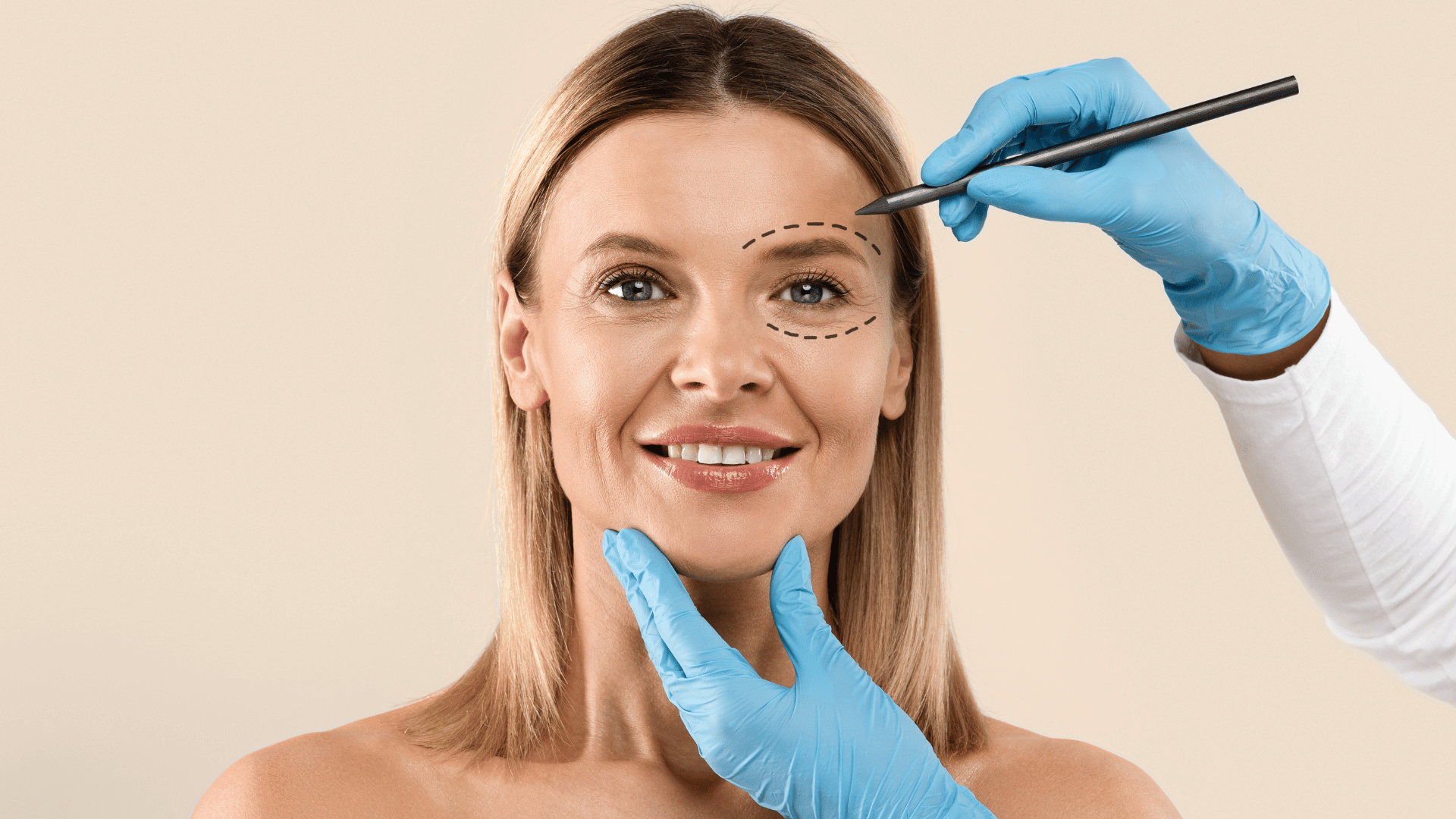
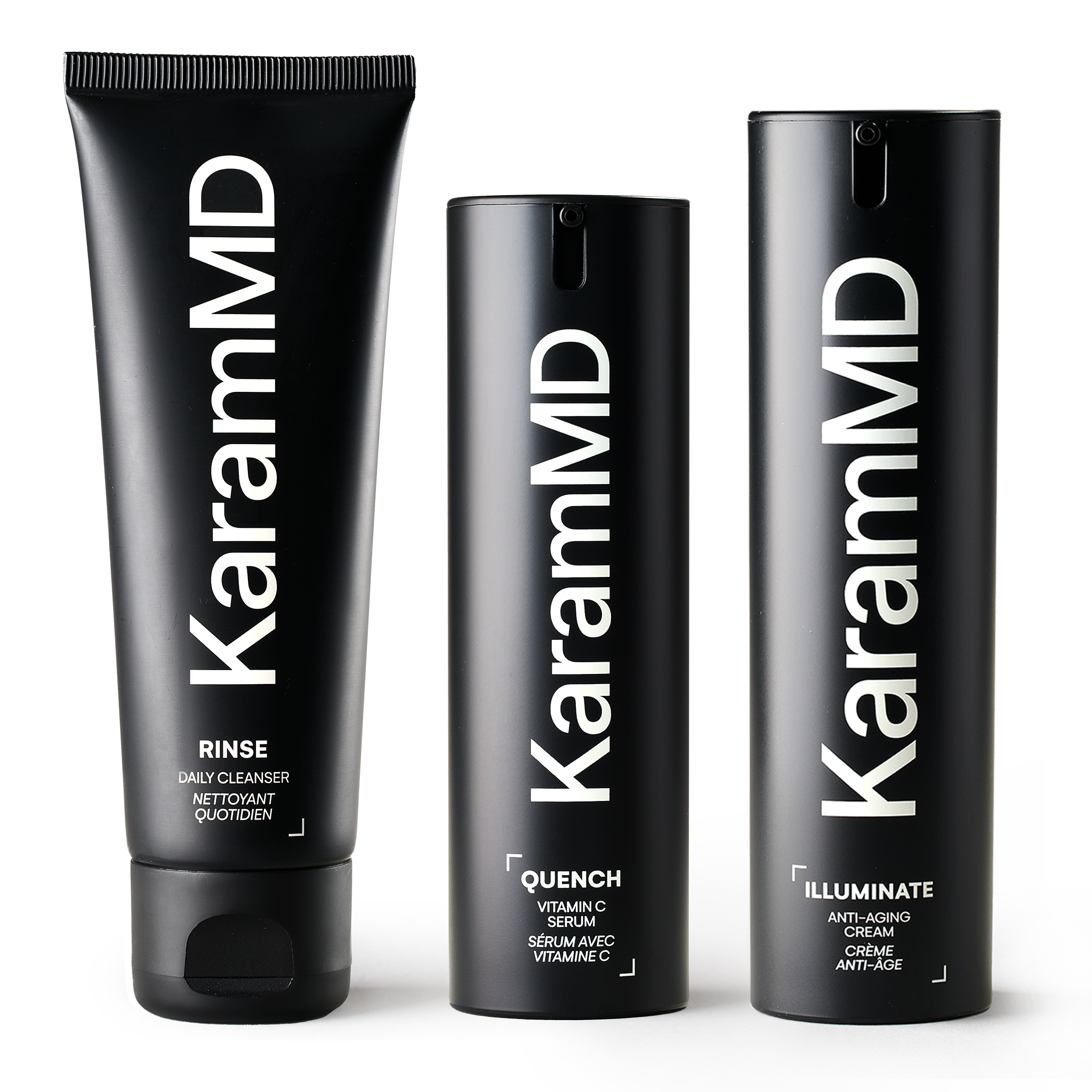
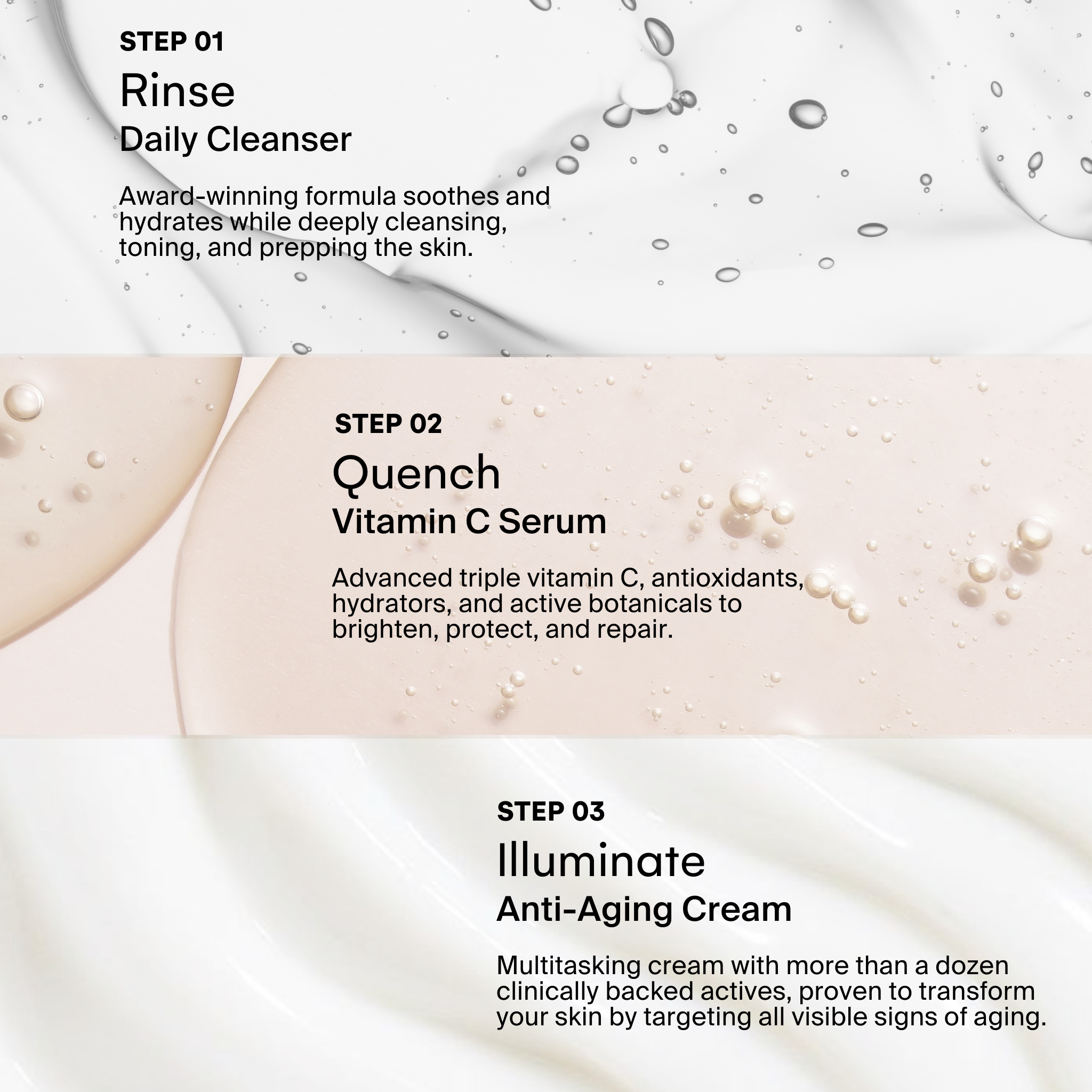
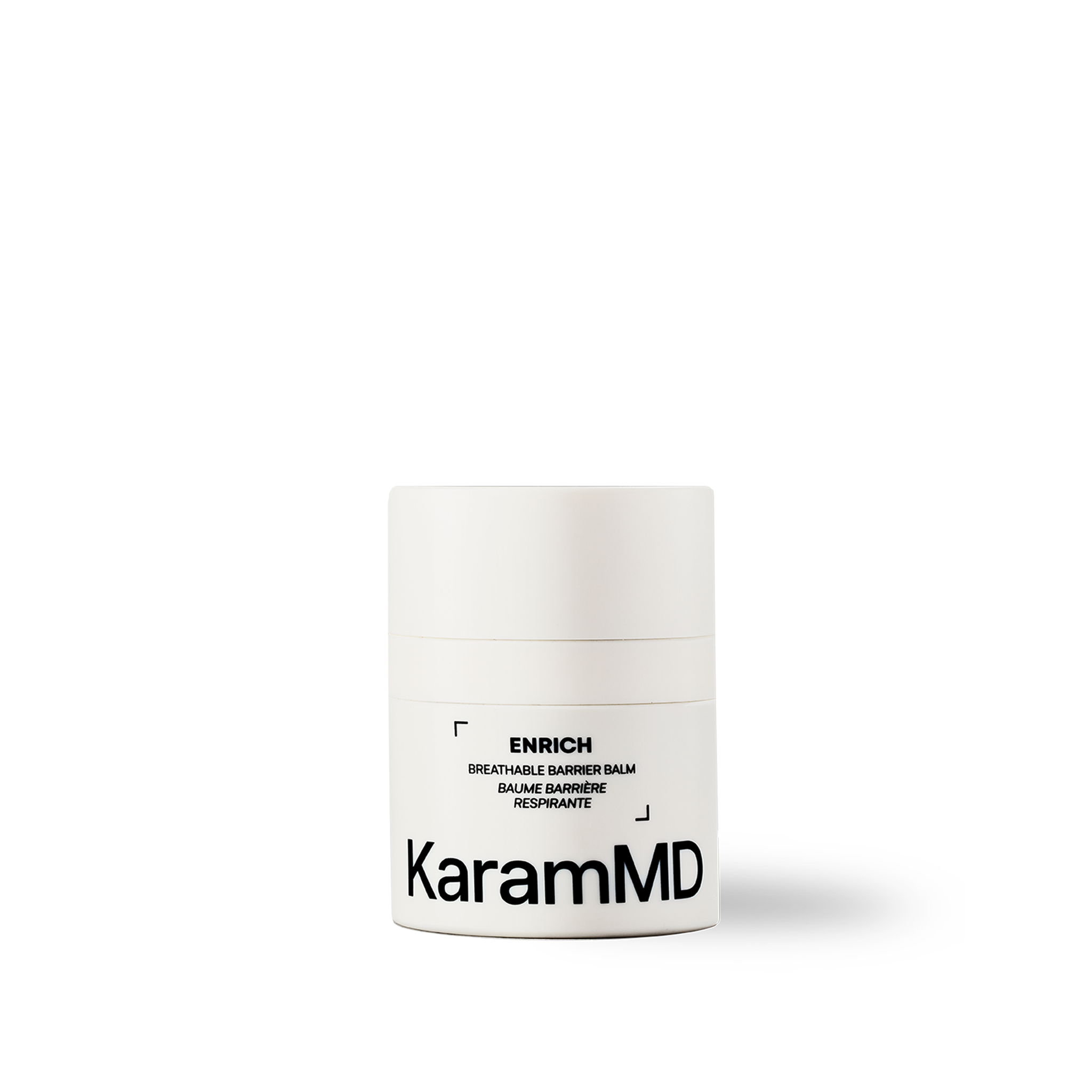

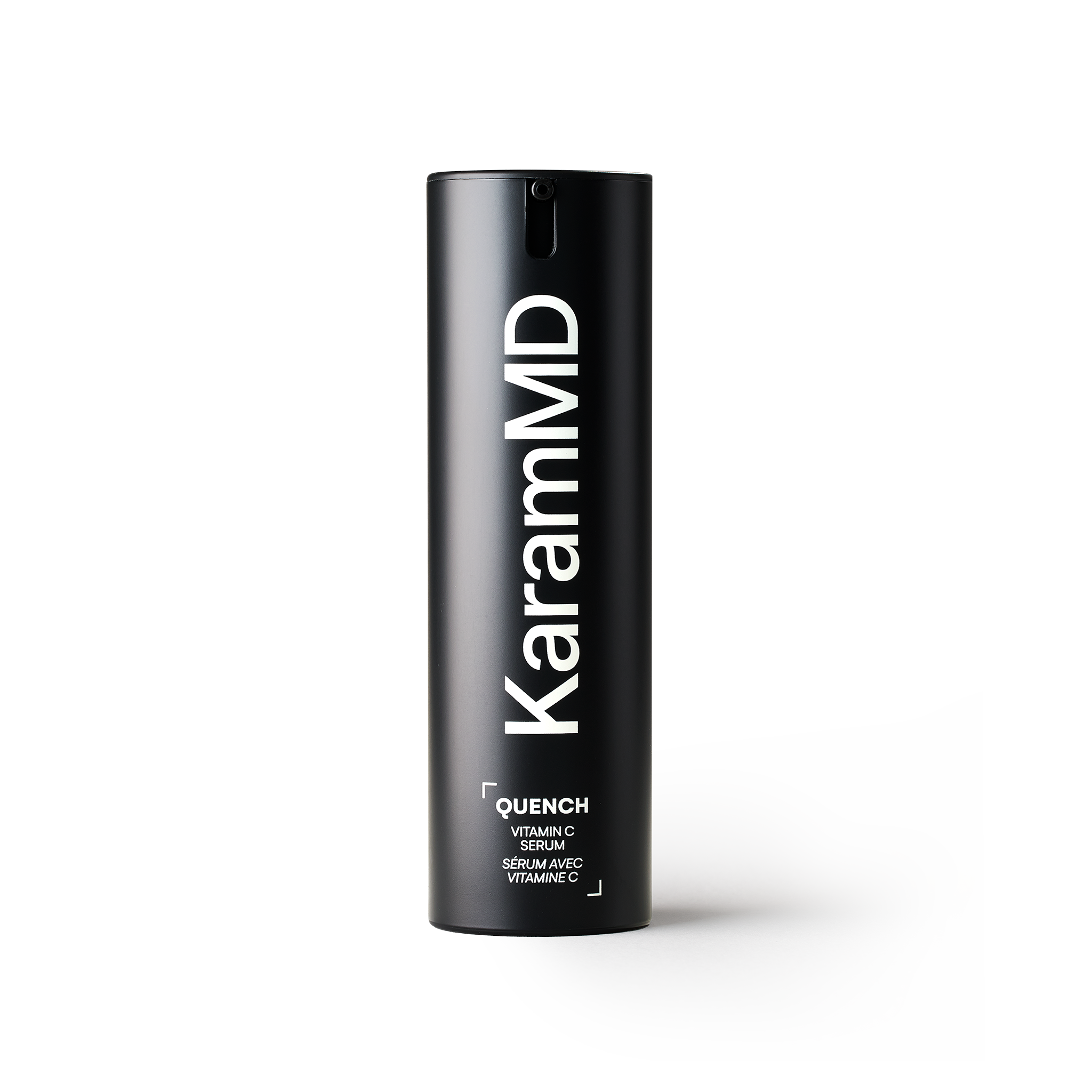
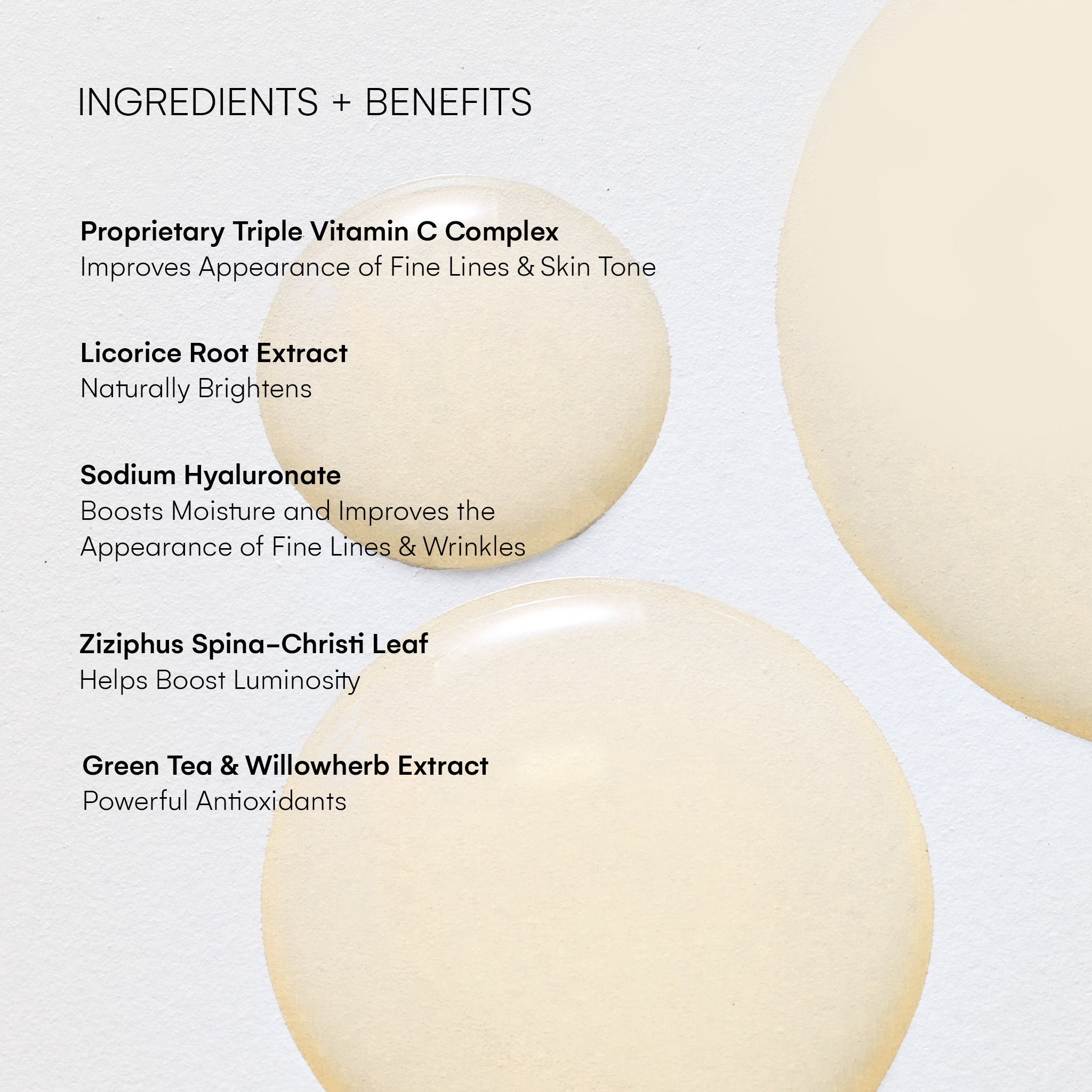
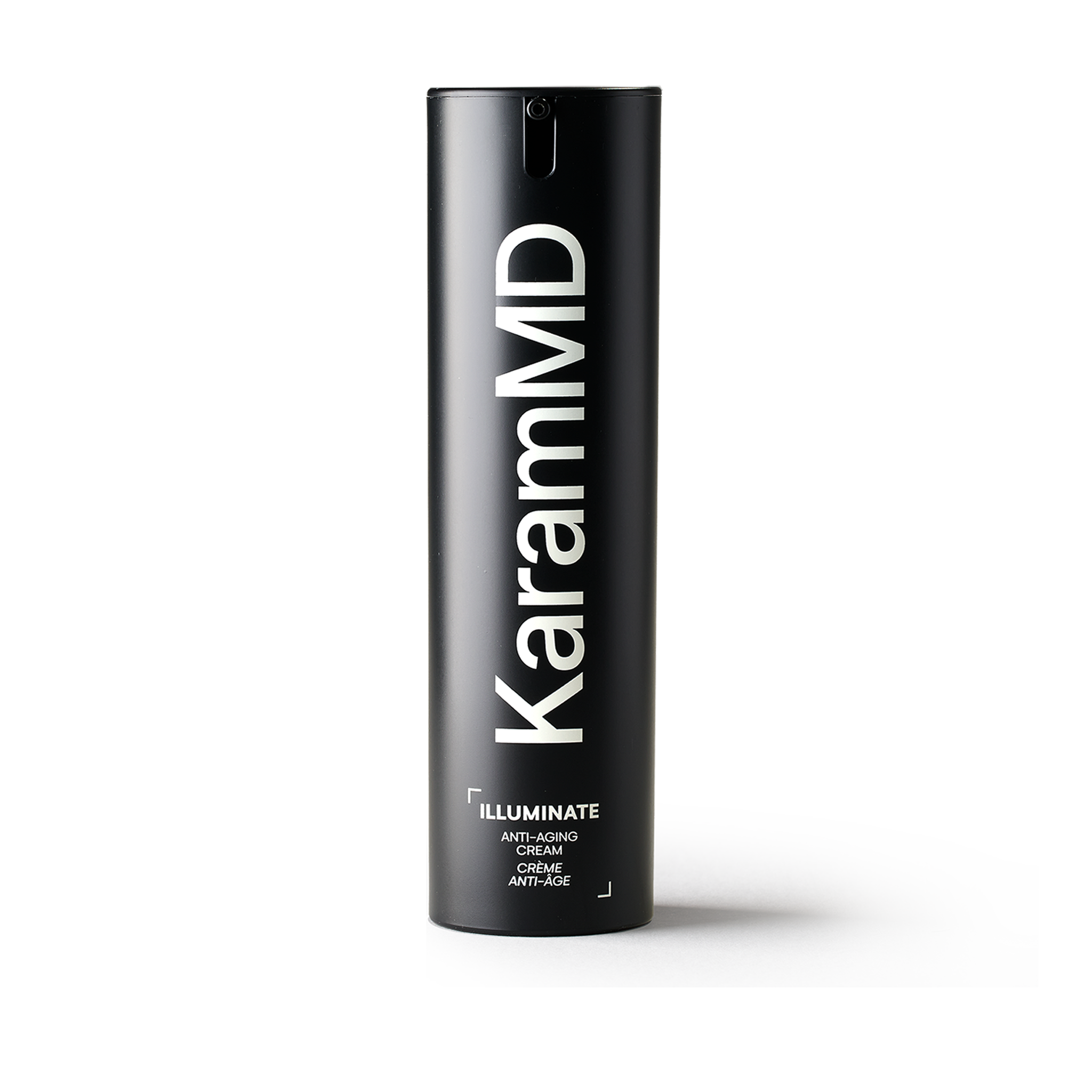
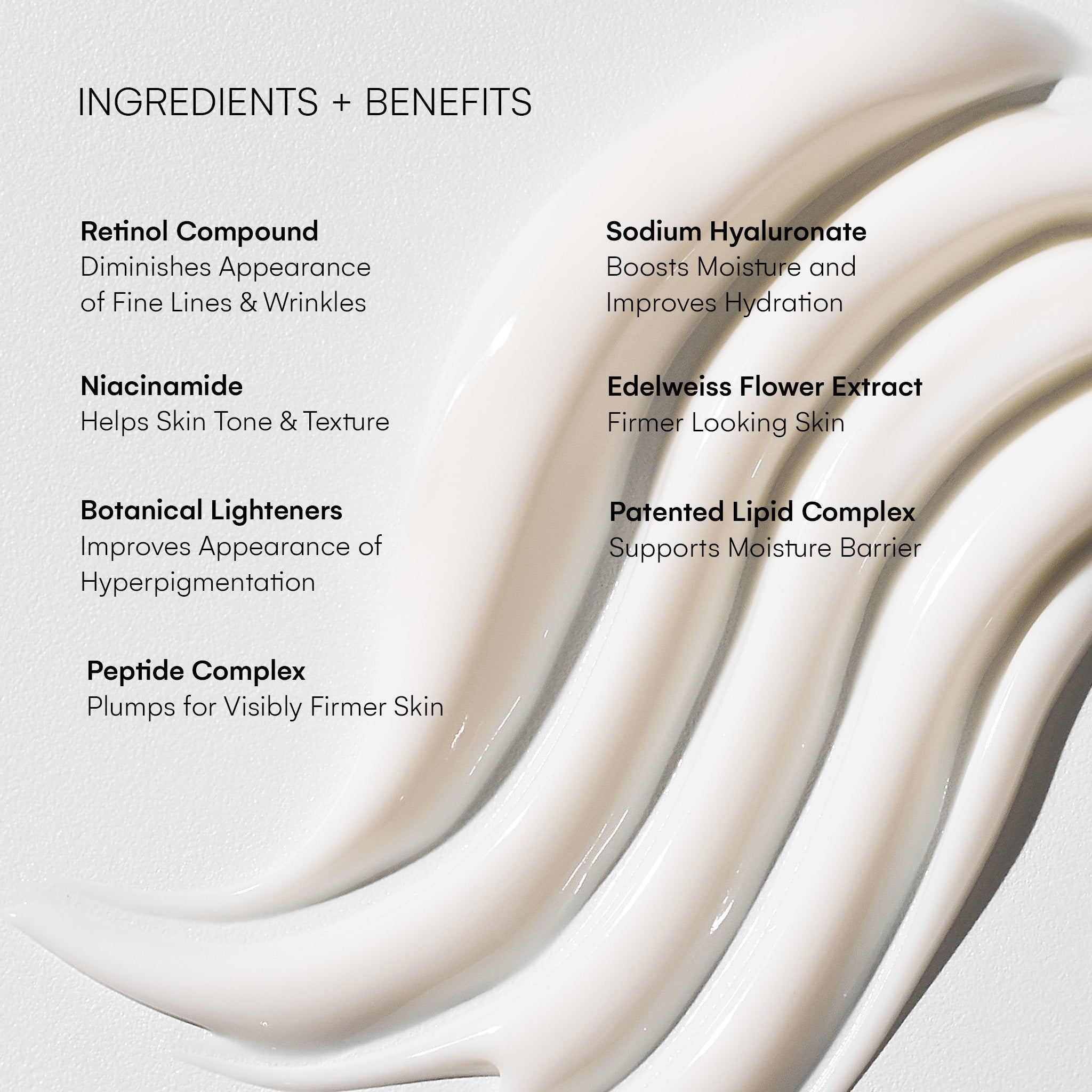
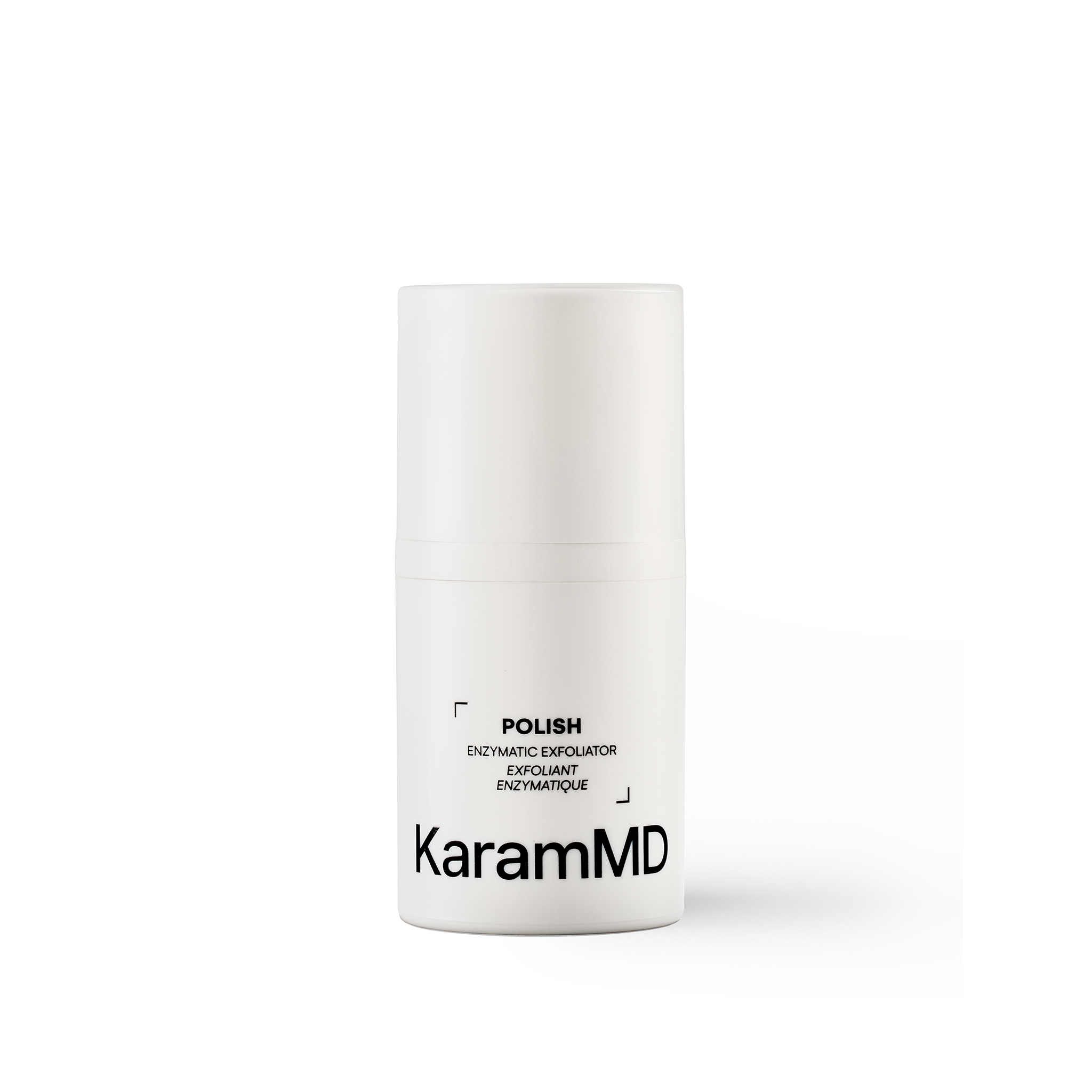
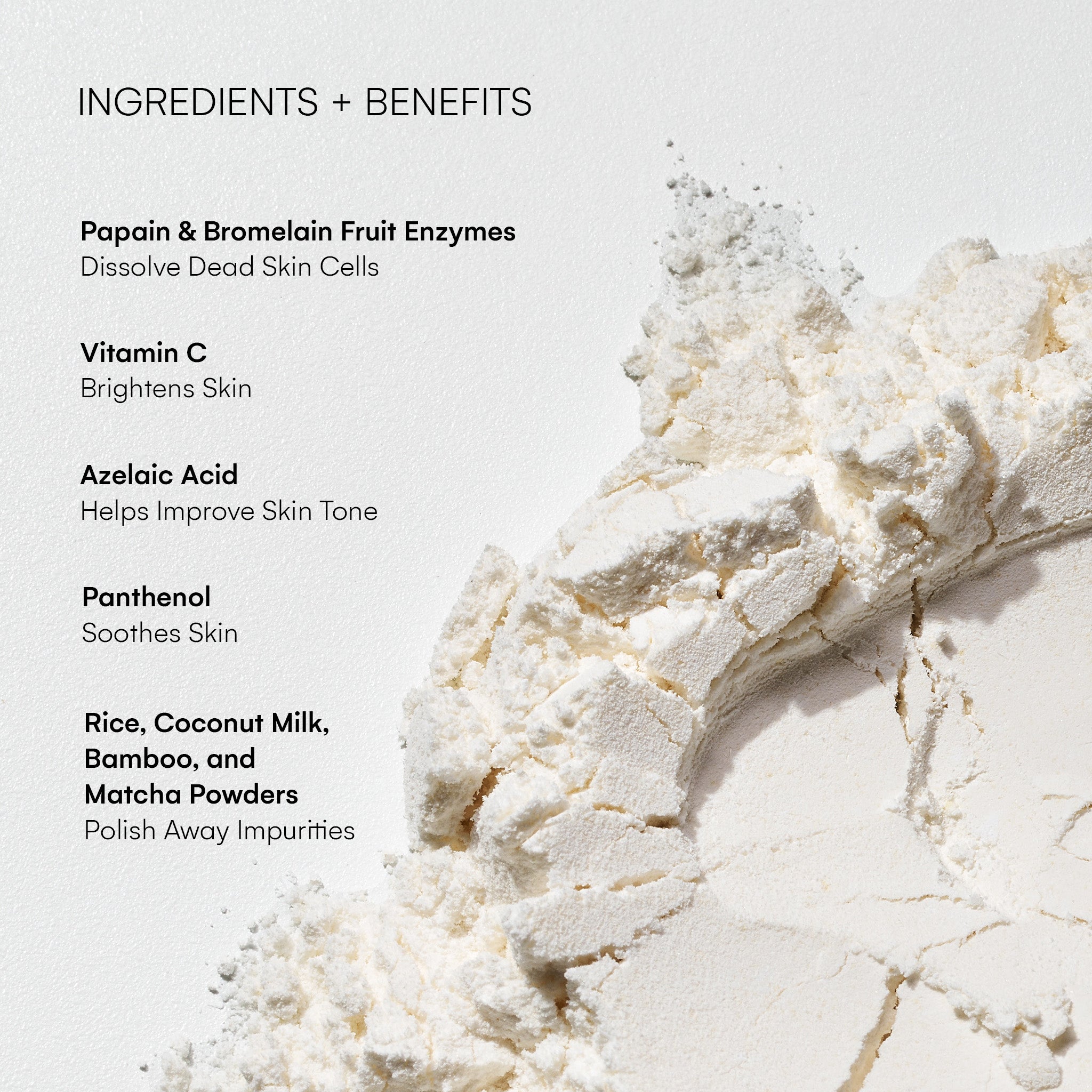

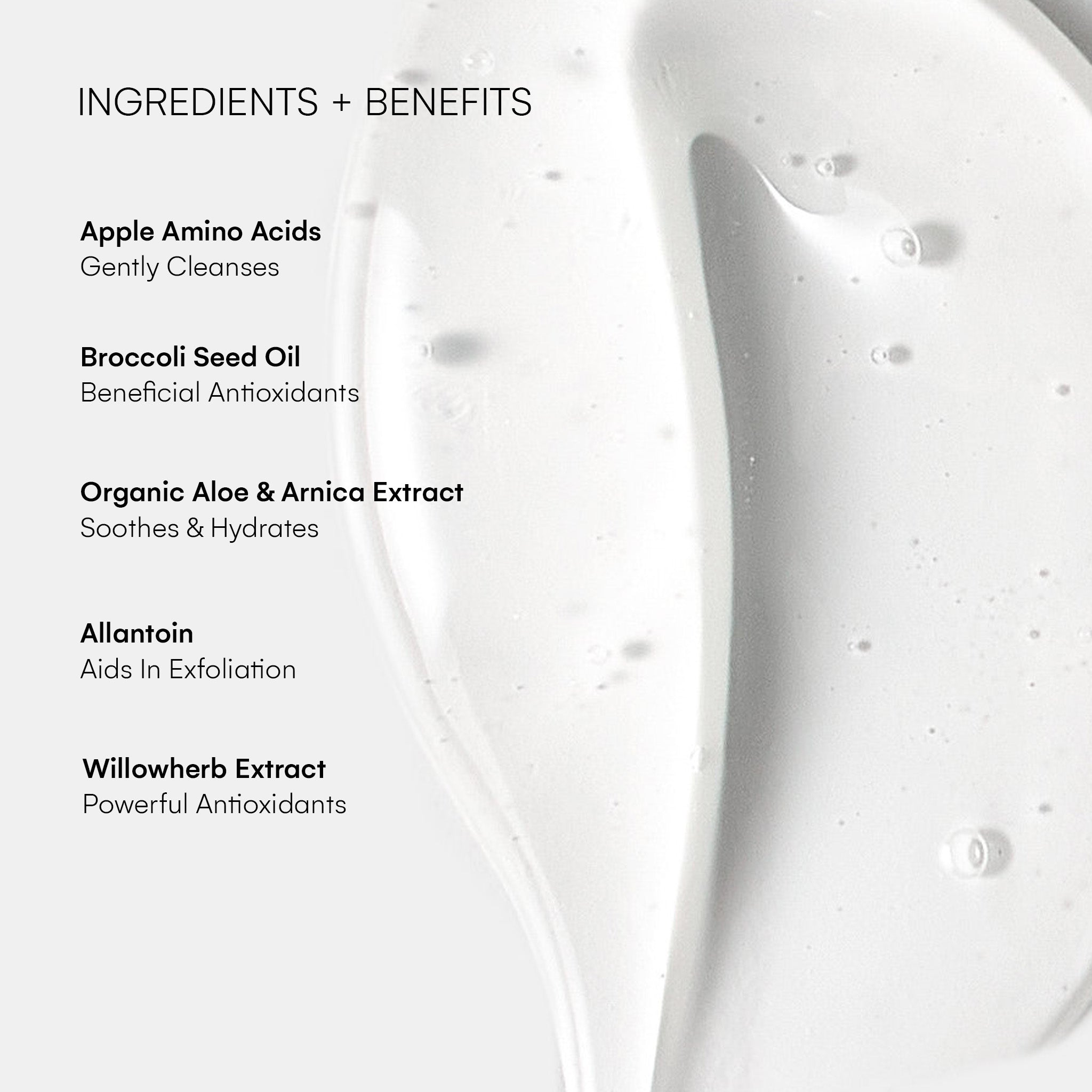
10 comments
Robyn
Hi DC Karma I am 52yr and 3 years ago I had a lower facelift and lip lift in Thailand. The lip lift was a disaster as he didn’t perform the bull lift he went around the top lip which has left me with horrible pucker lines from the stitches being pulled too tight and scaring and unevenness. it messes with my head everyday and I wonder if there is any treatment to help fix the issues. I have had fillers which do soften the lines and a little botox to prevent the “pulling” also RF and some laser treatment but I wonder if this may have made it worse as my skin is thin and not a lot of fat, so I am still unhappy with the results as the lines are so obvious. I just resign myself to the fact that I just have to live with it.
Bottom line is always do your research first and your channel certainly helps. :)
Is there any advice you can pass on to me?
———
KaramMD Skin replied:
Hi Robyn—Thanks for your comment! Because your concerns involve prior surgery, scarring, and thin skin, the safest next step is a consultation with a board-certified facial plastic surgeon who specializes in revisions. They can assess your skin and previous treatments and recommend the best way to soften the lines and improve symmetry. Wishing you the best in finding a solution that gives you more confidence, and we’re so glad to hear the channel has been helpful in guiding you along the way!
Gayle
I am just about 85 years old. I’ve been told I look more like I’m in my mid 70s but things are beginning to get a little out of hand. I would like to know what the charges for a video consultation please. Thank you.
———
KaramMD Skin replied:
Hi Gayle —Thanks for your comment! The most efficient way to get all the information for Dr. Karam’s procedures, you will need and request a virtual consultation by clicking on the link below: https://www.drkaram.com/getting-started/ You can get pricing and downtime info and learn more about the procedures. If you decide to request a consult, you must submit the contact form and your photos and Dr. Karam’s surgical team will assess your candidacy and move forward from there. You can also contact them directly at (858) 252-6826.
Diane
Thank you for sharing your amazing experience. When I was 50 I had a complete face lift forehead everything! I’m now 78. I have used Botox and some fillers , but at this stage I’m needing more. Not able to afford another face surgery. What you share is so important to me. I will certainly order your products and use whatever advice you share to keep myself as young as I feel!
Again thank you Dr. Karam
———
KaramMD Skin replied:
Hi Diane —Thanks for your comment! Your dedication to feeling your best at every stage of life is truly inspiring! We’re so glad the information we share is helpful to you, and we’re honored to be part of your skincare journey. Dr. Karam’s approach is all about empowering people with the right tools and knowledge to age confidently and gracefully—whether that means surgery or simply a great routine. We’re here for you every step of the way, and we can’t wait for you to try the products!
Gehan
HI Dr, Karam
I am a 59 yo F. that take care of skin routine since I was 30 .
I have very thin lips – genetically- that tried to plump for soooo many times but all in vein . I tried 4 different fillers with different units , and twice nano fats from my thighs after my lip lift and a lower deep face lift since a year . Surprisengly any filler would never stay in my lips not for a week even . everything returns after the edema and needles effect disappear , All the surgeons or any one attempt to fill my lips is surprised and found no scientefic answer for whats going on in there . I attempted all here in Egypt where we have pretty good plastic surgeons with vast experience , after I had my face lift I was frustrated as for my aging poor thin lips they cruncle thus forming a mess around that makes me need another loweer face lift .
S.O.S.
Gehan Mohamed (from egypt
+2 01005112555
———
KaramMD Skin replied:
Hi Gehan—Thanks for your comment! We completely understand how frustrating it must be to go through so many treatments without lasting results. While it’s uncommon for fillers or fat grafts to disappear so quickly, there can be unique anatomical or metabolic factors at play that require a deeper evaluation. Given your history of lip and lower face procedures, you may benefit from a more tailored approach that goes beyond standard fillers, possibly involving regenerative or surgical options. If you’re open to it, we’d be happy to explore your case further through a virtual consultation. You can get pricing and downtime info and learn more about the procedures here: https://www.drkaram.com/getting-started/ Wishing you clarity and progress on your journey—you deserve to feel your best.
Gehan
HI Dr, Karam
I am a 59 yo F. that take care of skin routine since I was 30 .
I have very thin lips – genetically- that tried to plump for soooo many times but all in vwin . I tried 4 different fillers with different units , and twice nano fats from my thighs after my lip lift and a lower deep face lift since a year . Surprisengly any filler would never stay in my lips not for a week even . everything returns after the edema and needles effect disappear , All the surgeons or any one attempt to fill my lips is surprised and found no scientefic answer for whats going on in there . I attempted all here in Egypt where we have pretty good plastic surgeons with vast experience , after I had my face lift I was frustrated as for my aging poor thin lips they cruncle thus forming a mess around that makes me need another loweer face lift .
S.O.S.
Gehan Mohamed (from egypt
+2 01005112555
———
KaramMD Skin replied:
Hi Gehan—Thanks for your comment! We completely understand how frustrating it must be to go through so many treatments without lasting results. While it’s uncommon for fillers or fat grafts to disappear so quickly, there can be unique anatomical or metabolic factors at play that require a deeper evaluation. Given your history of lip and lower face procedures, you may benefit from a more tailored approach that goes beyond standard fillers, possibly involving regenerative or surgical options. If you’re open to it, we’d be happy to explore your case further through a virtual consultation. You can get pricing and downtime info and learn more about the procedures here: https://www.drkaram.com/getting-started/ Wishing you clarity and progress on your journey—you deserve to feel your best.
Leave a comment
All comments are moderated before being published.
This site is protected by hCaptcha and the hCaptcha Privacy Policy and Terms of Service apply.